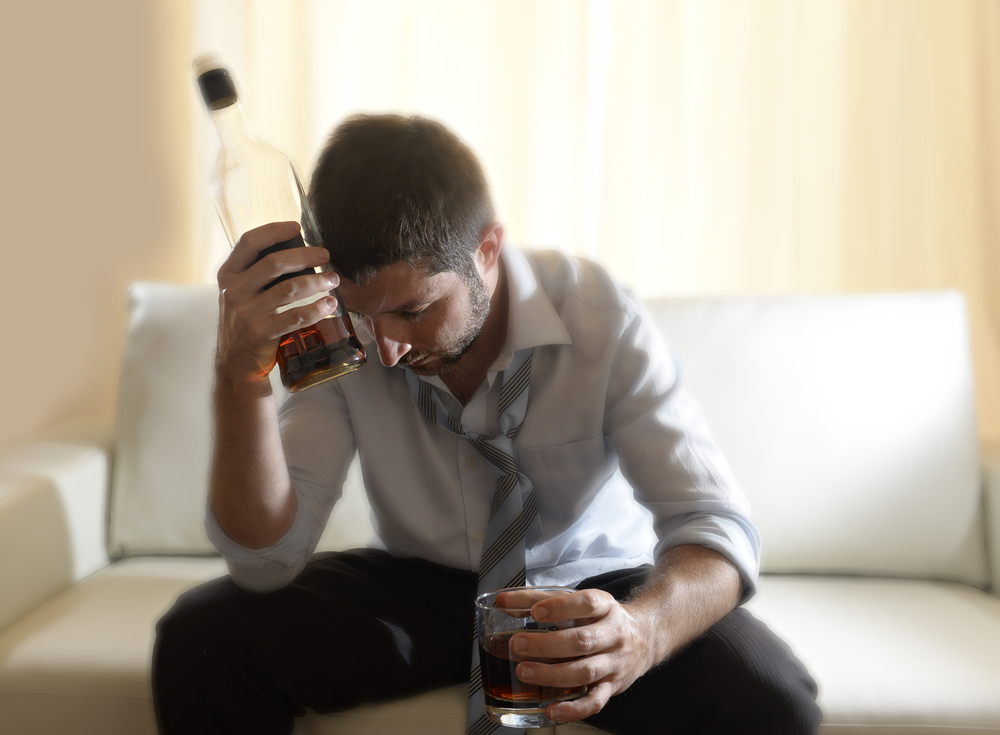


Addiction to drugs or alcohol can cause long-term changes to the structure and functioning of the brain. These changes make it hard for someone to quit using despite the harm it causes. Even in addiction recovery, people can experience relapses due to cravings - it's why addiction is often referred to as a relapsing disease.
The reason is that repeated substance abuse causes the brain to build much stronger connections between the substance and associated cues or triggers. Cues can be feelings, things, places, or people that make them want to use substances again.
Understanding how these substances affect the brain and the body is critical to understanding how medication-assisted treatment (MAT) works. This article will discuss how MAT can help addiction recovery and relapse prevention. But first, let's ensure we're on the same page.
Medication-assisted treatment (MAT) is a type of treatment that helps people struggling with addiction overcome their dependence. It combines FDA-approved medications, such as opioid antagonists and pain relievers, with counseling and behavioral therapies to provide short-term relief from cravings and long-term recovery support.

By combining pharmacological interventions with evidence-based therapies, MAT offers a comprehensive approach to addiction recovery, offering people the best chance of successful long-term sobriety.
MAT is used to treat various substance use disorders, including alcohol use disorder and opioid addiction. It can also prevent or reduce opioid overdose. The medication normalizes brain chemistry, normalizes body functions, relieves physiological cravings, and blocks the euphoric effects of substances. And since everyone is different, the clinically driven program is customized to meet each patient's needs.
MAT works by reducing cravings and providing a "safety net" that helps people recovering from addiction stay away from drugs or alcohol. It's important to understand that MAT medications are not a magic cure for addiction but rather a tool to help individuals recover.
MAT works by targeting the reward circuitry of the brain. The reward pathways make us feel good when we engage in certain behaviors, like eating sweet foods or taking drugs. MAT medications help reduce cravings by targeting the same brain pathways responsible for our drug-seeking behavior.
For instance, MAT medications like buprenorphine can reduce the reward we feel from taking opiates and make it easier to resist cravings. Other MAT medications, like naltrexone, can block the receptors in our brains that would usually be activated by opiates or alcohol. This helps reduce cravings and the euphoric effects of drug or alcohol use.
MAT medications can also help restore balance in our brain chemistry that has been altered by substance use. This can help reduce withdrawal symptoms and cravings, allowing people to focus on therapy, healthy lifestyle changes, and other components of their recovery program.

MAT medications can be a powerful tool in addiction recovery. When used as part of an integrated treatment plan, MAT has been found to:
While it's hard to pinpoint a single seminal paper in the field, there's a substantial body of evidence that speaks to the efficacy of MAT. For instance, one study found that opioid overdose deaths were reduced as buprenorphine became more popular in Baltimore. Another review paper found that Methadone can keep those dependent on heroin in treatment programs and reduce their use of heroin.
MAT medication can help reduce cravings and withdrawal symptoms but cannot address the underlying issues that contribute to the addiction. Mental health, trauma, and lifestyle issues may have been a factor in the person's development of a habit, and these cannot be addressed through medication alone.
For this reason, MAT should be used as part of an integrated treatment plan that includes counseling, behavioral therapies, and ongoing support structures - like 12-step programs, sober living arrangements, etc. The word "assisted" in medication-assisted treatment emphasizes that medications are only one part of the overall treatment plan.
The FDA has approved several medications for the treatment of addiction. The most common types are:
Methadone, Buprenorphine, and Naltrexone are used to treat opioid dependency. These MAT medications work for opioids like heroin and prescription painkillers.
Acamprosate, Disulfiram, and Naltrexone are used to treat alcohol use disorders.

Naloxone is used to treat opioid overdoses. It works by blocking the effects of opioids in the brain and reversing an overdose. Naloxone is available in a nasal spray and can be used by family members or friends to treat an overdose.
While prescribed medications can be a powerful tool in addiction recovery, they are only one piece of the puzzle. MAT should be combined with therapy, lifestyle changes, and other strategies to achieve maximum success in recovery. With the right approach, MAT can provide an effective and safe pathway to recovery.
If you or someone you love is struggling with addiction, exploring MAT medications as part of your treatment options may be helpful. Many substance use treatment centers offer MAT-based health services. At More Than Rehab, we offer MAT treatment as part of our primary care model. Our doctors, nurses, and counselors work together to provide personalized care and the best possible outcomes for each patient.


